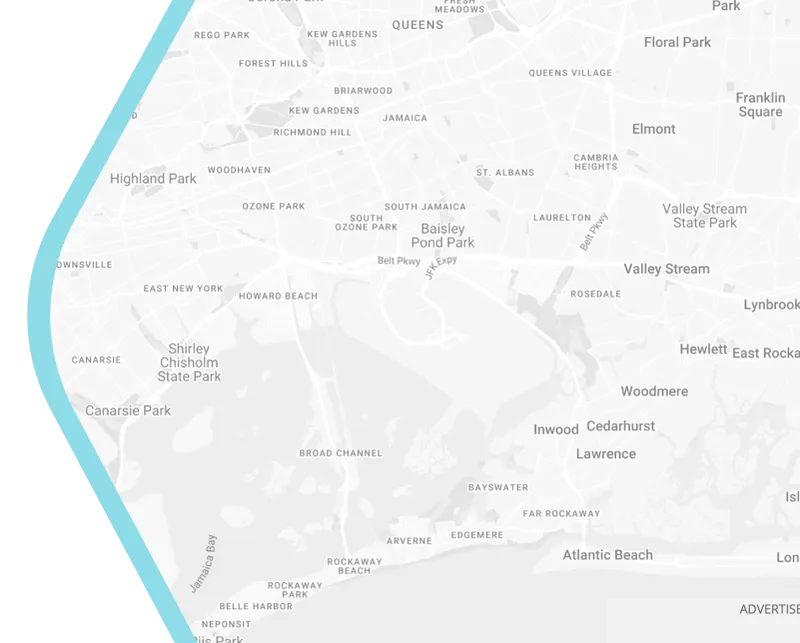
How Smart City Solutions Are Closing Australia’s Urban Equity Gap
Why Equity Matters for Smart City Solutions in Australia
Imagine a city where self-driving cars glide past solar-powered smart grids, while students in a nearby suburb struggle to load a PDF for homework. This isn’t a dystopian plot—it’s the reality of uneven progress in Australia’s smart city revolution.
Australia’s cities are surging ahead with IoT sensors, AI-driven infrastructure, and 5G networks. Melbourne’s “green spine” initiative uses real-time data to optimize energy use, while Sydney’s smart traffic lights reduce congestion by 30%. But venture beyond urban centers, and the story shifts. In regional New South Wales, 30% of households lack reliable broadband. In remote Northern Territory communities, even basic connectivity feels like a luxury.
The digital divide isn’t just about internet access. It’s about who gets to benefit from smart city solutions. A single mother in Western Sydney might miss out on telehealth services because her apartment lacks smart energy meters. A farmer in Queensland might struggle to adopt precision agriculture tools without cellular coverage.
As Australian city planners, the challenge is clear: Smart cities can’t be smart if they’re not equitable.
4 Pillars of Equitable Smart City Design
To bridge this gap, cities across Australia are pioneering frameworks that put people—not just technology—at the heart of urban innovation. Here’s how they’re doing it:
Pillar 1: Affordable Digital Infrastructure
In Sydney’s Waterloo housing estate, free public Wi-Fi zones now blanket once disconnected neighborhoods. These hubs aren’t just for scrolling—they’re lifelines. Residents access job portals, telehealth services, and digital literacy workshops. The result? A 40% increase in local employment applications within six months.
Pillar 2: Community-Centric Tech Platforms
Brisbane’s “CityShape” app lets residents vote on park upgrades or bike lane routes. Over 60,000 citizens have shaped projects since 2022. “It’s democracy in your pocket,” says Councilor Sarah Jensen. “When people co-design solutions, they’re not just users—they’re stakeholders.”
Pillar 3: Accessible Mobility Solutions
Melbourne’s tram network, fitted with AI-powered audio guides and tactile platforms, has become a model for inclusive transport. For visually impaired commuter Liam Carter, it’s transformative: “The system ‘talks’ me through routes. It’s not just smart—it’s empathetic.”
Pillar 4: Education & Digital Literacy
In Adelaide, the “Tech for All” program partners with schools and NGOs to teach coding, data literacy, and IoT basics to underserved youth. Fifteen-year-old Anika, who built a solar-powered air quality sensor for her community, puts it simply: “Tech shouldn’t be a mystery. It should be a tool we all can wield.”
Overcoming Challenges: Lessons from Australian Smart Cities
Progress isn’t without roadblocks. When Darwin launched its smart water management project, remote Indigenous communities raised concerns: “Who owns the data from our lands?”
This tension—between innovation and ethics—is familiar to Australian planners. But solutions are emerging:
- Public-Private Trust: Western Sydney’s smart grid project brought councils, energy giants, and First Nations groups into one room. The result? A renewable microgrid that powers 5,000 homes while respecting traditional land stewardship.
- Localized Tech: In the Northern Territory, solar-powered IoT sensors monitor water quality in Yolŋu communities. No 5G? No problem. The system uses low-frequency radio waves, designed with locals, not just for them.
- Privacy Safeguards: When Geelong deployed smart bins with waste tracking, backlash followed. The council pivoted, anonymizing data and adding transparency dashboards. “People accept tech when they control it,” explains CIO Marissa Wu.
The Future of Equitable Smart Cities in Australia
The path forward is lit by pioneers. Canberra recently mandated “equity impact assessments” for all smart projects—a first in Australia. AI audits will predict how infrastructure affects marginalized groups. Meanwhile, the federal Smart Cities Plan 2024 pledges $200 million for regional digital hubs.
But technology alone won’t save us. As Perth’s lead urban designer, Raj Patel, argues: “The most advanced smart city solution is still just wires and code. What makes it matter is empathy.”
Imagine a future where a farmer in Wagga Wagga uses satellite-driven soil sensors to boost crop yields. Where a senior in Hobart monitors her health via a council-provided smartwatch. Where every Australian, urban or rural, feels the promise of “smart” isn’t just for others.
That’s the equitable city we must build—one byte, one bridge, one community at a time.
